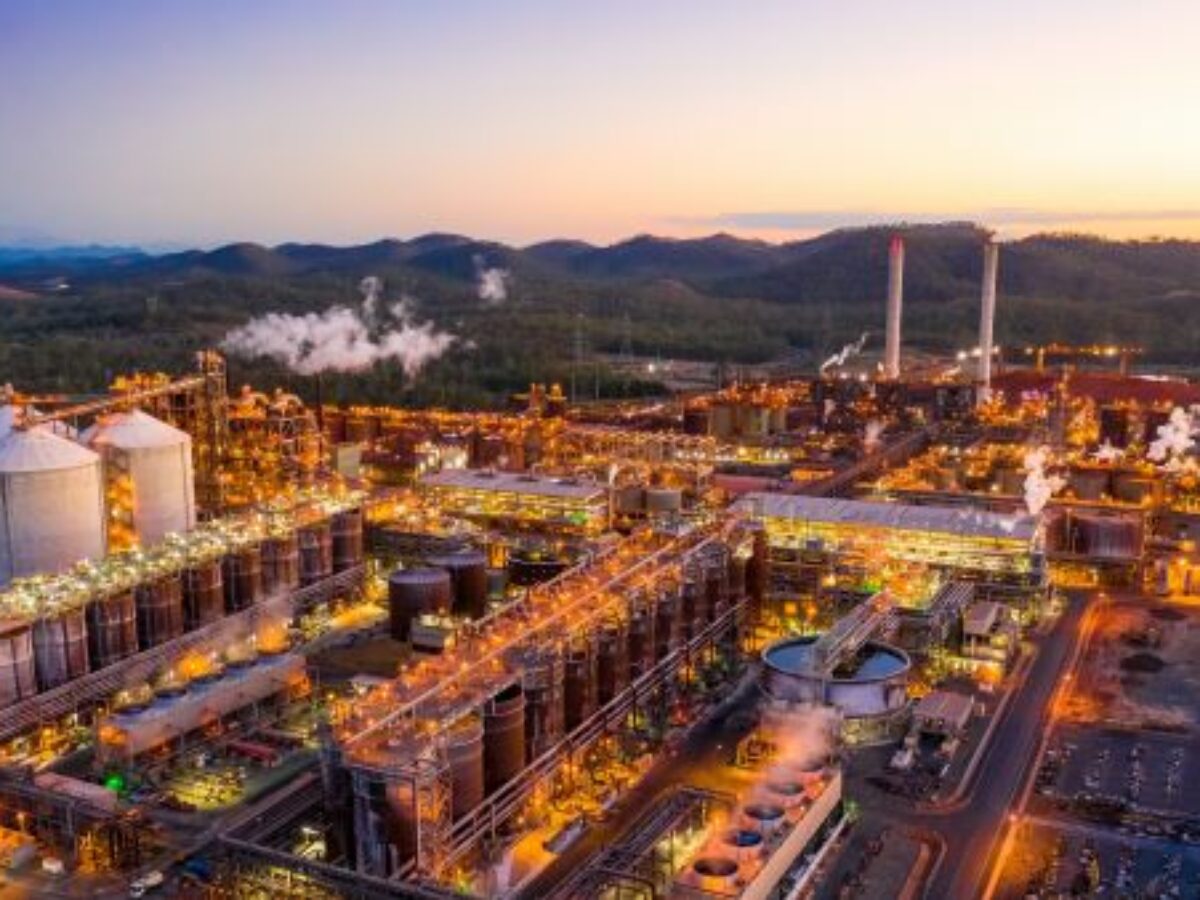Australia’s new roadmap to zero emission alumina refining

By Peter Roberts
The Australian Renewable Energy Agency (ARENA) has mapped out a pathway to achieving net zero emissions in the alumina refining sector by 2050.
The Roadmap provides a framework for future policy and investment decisions and is a call to action for a transition of this ‘hard-to-abate’ sector into an industry capable of capturing international demand in a decarbonising world.
It highlights early deployment of electric boilers and Mechanical Vapour Recompression (MVR) could result in emissions reductions from 2027, while hydrogen and electric calcination technologies are anticipated to be deployed from the mid 2030s.
MVR is a process to recycle and reuse waste heat to improve efficiency.
These technologies are at varying stages of technological and commercial maturity and require significant investment to support development and implementation.
The report titled – A Roadmap for Decarbonising Australian Alumina Refining – (Roadmap) – was prepared by Deloitte in consultation with Australia’s three major alumina producers: Alcoa, Rio Tinto and South32.
Achieving net zero alumina would be an enormous fillip for Australian metals production, and could underpin and even more significant achievement of net zero in aluminium refining.
Under pressure for years from rising electricity prices, aluminium refining itself is moving to decarbonise with major refiners sourcing electricity from renewables sources.
ARENA CEO Darren Miller said: “Alumina refining has always been considered a hard-to-abate sector with significant barriers to reducing emissions.
“Now, we have Australia’s biggest alumina producers coming together with ARENA to develop a clear and credible pathway to reducing emissions in the industry.
“The pathway to net zero for Australian alumina will require close collaboration between government and industry and this Roadmap is an important call to action.”
Australia is the world’s largest largest exporter of alumina, which is expected to contribute $7.5 billion of exports to the Australian economy in 2022.
The alumina and aluminium sectors contribute three per cent of Australia’s total emissions and consume more than 221 petajoules of energy each year, more than the total energy consumption of Tasmania or the Northern Territory.
Approximately 95 percent of emissions are from the onsite consumption of fossil fuels for process heating.
The Roadmap also highlights critical challenges ahead.
According to ARENA, these technologies require broader ecosystem development to enable uptake including 3-5 GW of new firmed renewable generation, new transmission infrastructure, large scale renewable hydrogen supply chains and market and regulatory frameworks that support decarbonisation.
Coordinated investment will be required from governments and industry to support this transition.
Miller said: “Decarbonising the alumina refining sector can further improve Australia’s international competitiveness, strengthen its position as a leading producer of low emissions alumina and aluminium and secure the jobs and economic benefits from the sector.”
ARENA has previously supported Australia’s alumina industry to explore several of the key technologies contained in the Roadmap.
This includes funding for Alcoa to separately trial MVR and electric calcination at its refineries in Western Australia and for Rio Tinto to conduct a feasibility study into integrating hydrogen calciners at its Yarwun refinery in Queensland.
Further reading:
ALCOA LOOKS TO FIRST MVR ADVANTAGE FOR GREENER ALUMINA
ARENA AND RIO STUDY HYDROGEN TO REFINE ALUMINA
Picture: Rio Tinto/Yarwun alumina refinery
Topics Manufacturing News Technology
@aumanufacturing Sections
Analysis and Commentary Awards Defence Manufacturing News Podcast Technology Videos






